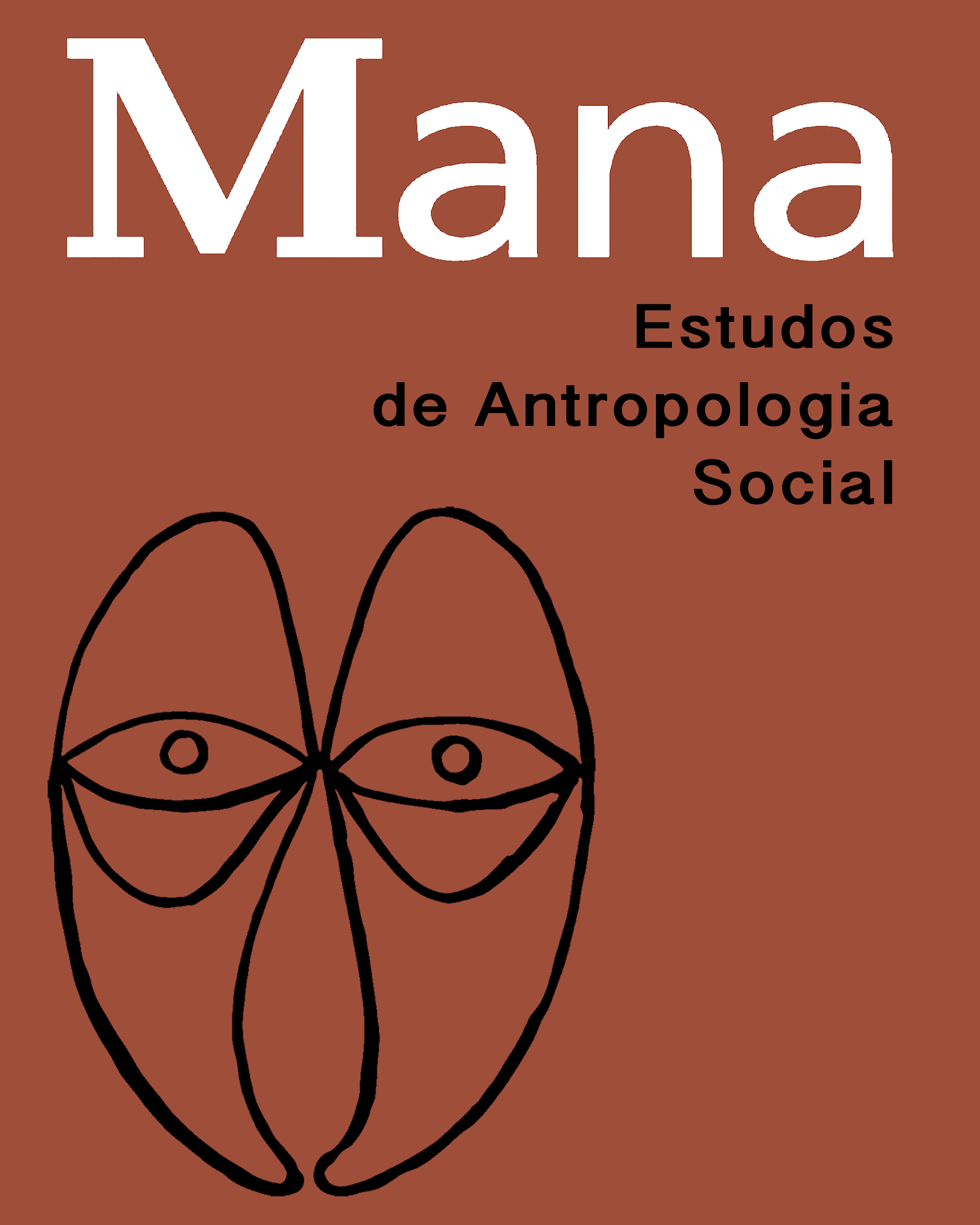Abstract
Instigated by the risk of ‘cultural loss’ due to growing non-indigenous influence in their villages, the Kuikuro Indians of the Upper Xingu became involved in a wide-ranging project to document their ritual complex. The most well-known aspect of this project is the cinema produced by, or in partnership with, ‘indigenous filmmakers’. In this article, I analyse the specificity of this film production and its primary objective of ‘keeping culture’ to prevent its disappearance. We will see how this core idea traverses the two ‘paths’ taken by the Kuikuro filmmakers and their partners: first, the so-called ‘films of rituals;’ and, second, the films made for non-indigenous audiences. In both cases, we can discern an innovative approach to ritual, whether conducted by the idea of retaining the totality of a specific tradition, or by an attempt to perform the complex relations involved in Kuikuro rituals for spectators from outside the villages.
Keywords:
‘culture,’ new modes of memory; Indigenous cinema; Kuikuro

 Thumbnail
Thumbnail
 Thumbnail
Thumbnail
 Thumbnail
Thumbnail
 Thumbnail
Thumbnail
 Foto: Leonardo Sette
Foto: Leonardo Sette
 Foto: Vincent Carelli
Foto: Vincent Carelli
 Foto: Carlos Fausto
Foto: Carlos Fausto
